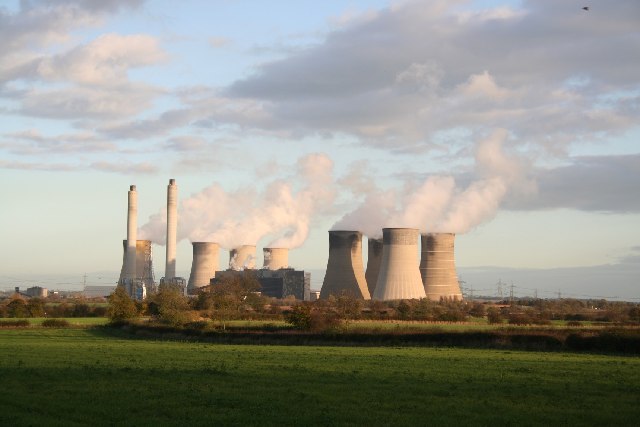Globally, CO2 emissions fell faster than they have for decades in 2019, but this was driven by unsustainable “one-off” factors.
Stronger solar and wind generation helped fuel drops in global coal generation by 3%, and power-related CO2 emissions specifically by 2% between 2018 and 2019. This marked a year-on-year decrease not seen since at least 1990, according to a new report by thinktank Ember.
The analysis examined data covering 85% of global power production and concluded that an addition of 270TWh of solar and wind generation in 2019 more than compensated for the drop of 259TWh in coal fired electricity.
In the UK, wind power continued to grow, helping to offset coal generation capacity losses. In 2019, coal fell to just 2% of the electricity mix, from 5% in 2018 and 32% in 2010 as the country continues to move towards being coal free by 2025.
This puts the country ahead in reducing coal’s share of the energy mix, with 35% of a nation’s power coming from coal on average.
Wind power grew to meet 20% of energy demand, from 17% in 2018, and 0% at the beginning of the century. It continues to be one of the UK’s renewable energy success stories, and will be further bolstered following the announcement that the government will be holding contract for differences auctions for onshore wind.
But despite strong growth in the offshore wind sector, the UK will need investment to grow dramatically if it is to hit its net zero target according to new research by the Department of Business Energy and Industrial Strategy (BEIS).
According to Ember, new green power generation represented a 15% worldwide jump year on year. Across key regions globally, China scored the highest growth rates of solar and wind output (16%), followed by India and the EU (13% each) and the US (11%).
Solar spearheaded the overall momentum around green power, Ember’s data suggested. According to the thinktank – previously known as Sandbag – solar power output grew by 22%, the highest rate of any power source. It was followed by wind (12%) and natural gas and nuclear (4% each).
The global power-related CO2 savings were not achieved by green power alone, as the Ember report noted. They were also helped by the fact that circumstantial factors – mild winter weather, economic slowdown – meant power demand grew less than it had in a decade.
Demand continued to fall in the UK, although still above the global average. The annual electricity demand per capita fell to 5.1MWh, from 5.3MWh in 2018 and 6.6MWh in 2000. Globally, annual demand per capita is 3.4MWh on average, having continued to grow in recent years from 2.4MWh in 2000.
From one-off fortune to long-term climate reprieve
Broader weather and economic dynamics will not, Ember warned, deliver alone power emission cuts able to keep climate change in check. A “lack of urgency” among coal nations makes the Paris Agreement’s goal to limit global heating to 1.5°C “extremely difficult”, the thinktank said.
Its new analysis pointed at the sizeable coal-fired fleets the world’s top burners continue to operate. Even if generation from the fossil fuel dipped 3% worldwide last year, it rose 2% to 4,560TWh in China and remains high in India (999TWh), the US (966TWh), Japan (285TWh) and others.
As noted by Ember, another obstacle is the fact that even those abandoning coal are sometimes embracing other fossil fuels. Where solar and wind have fully replaced shuttered coal capacity in the EU, they have only taken over a 35% share in the US, with gas picking up the remaining 65%.
According to Ember, maintaining green power growth at the level required by climate change will be “very challenging”. Replicating 2019’s PV and wind generation jump of 15% – in itself the lowest increase since 2000 – will demand a “concerted effort” by all regions, the thinktank said.
Ember’s talk of lower electricity CO2 emissions last year add to the IEA’s own, similar findings of a drop in the CO2 output from the broader energy sector. In figures released last month, the agency talked of “grounds for optimism” as it linked the lower CO2 numbers to the growth of PV and wind.
For its part, fellow global agency IRENA said last year green energy will require annual funding of US$750 billion by 2030 – up from US$330 billion today – if it is to remain a driver of decarbonisation.
A version of this article first appeared on PV Tech.






